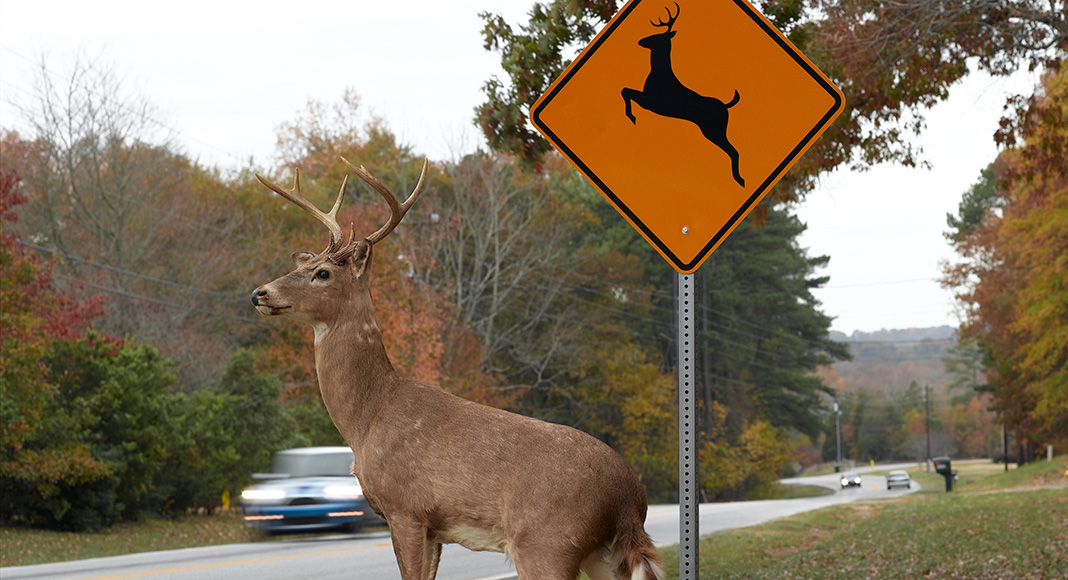Wildlife-vehicle collisions killed 570 people in Canada during 2000 to 2020.
Now a new fact sheet which looks at these types of collisions with the aim of guiding prevention strategies and helping to make roads safer has been published.
The Traffic Industry Research Foundation (TIRF) National Fatality Database showed slightly more than half of the deaths involved moose and nearly one-third were associated with deer. Less than one-tenth involved other animals, including bison, antelope, bears, foxes, ducks, coyotes, wolves, smaller mammals, and birds.
‚ÄúIn the absence of good, quality data to understand the dynamics of wildlife-vehicle collisions, it‚Äôs incredibly difficult to identify effective and appropriate interventions to mitigate risks,‚ÄĚ said Hannah Barrett, TIRF Researcher and Program Coordinator.
‚ÄúWith greater awareness of key factors contributing to these incidents, we can develop targeted solutions that protect road users and also wildlife.‚ÄĚ
The factsheet stated:
- Seven out of ten (393) wildlife-vehicle collision fatalities occur in summer months.
- June (84) and July (87) are when the largest number of fatalities occur.
- Only one in three (177) wildlife-vehicle collisions occur in the Fall despite this being a peak period for animal migration.
The data found one in three collisions were due to drivers swerving to avoid wildlife. TIRF said swerving was an ineffective solution and could result in colliding with other vehicles or a fixed object such as a tree or light pole.
The organization has said more education is needed to help drivers learn safe strategies to avoid or mitigate risks and said motorists would benefit from a greater awareness of knowing what animals are prevalent in their area.



















